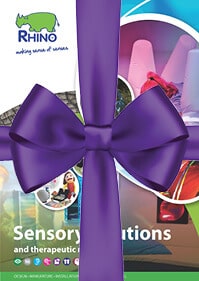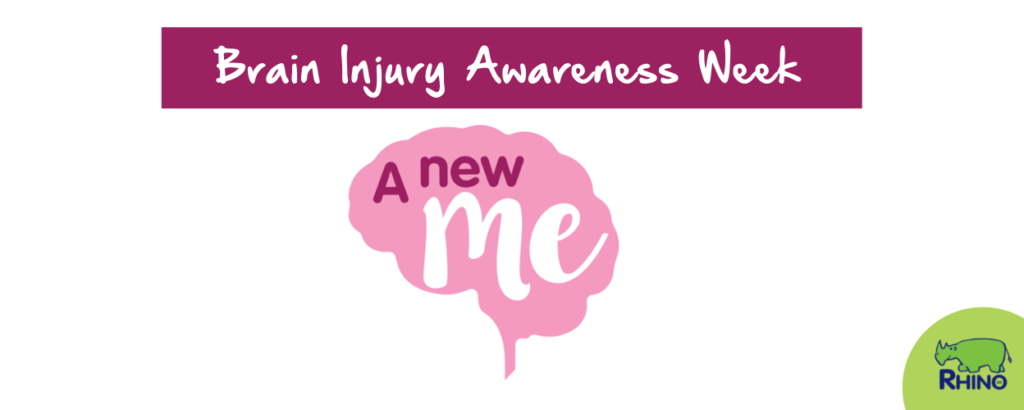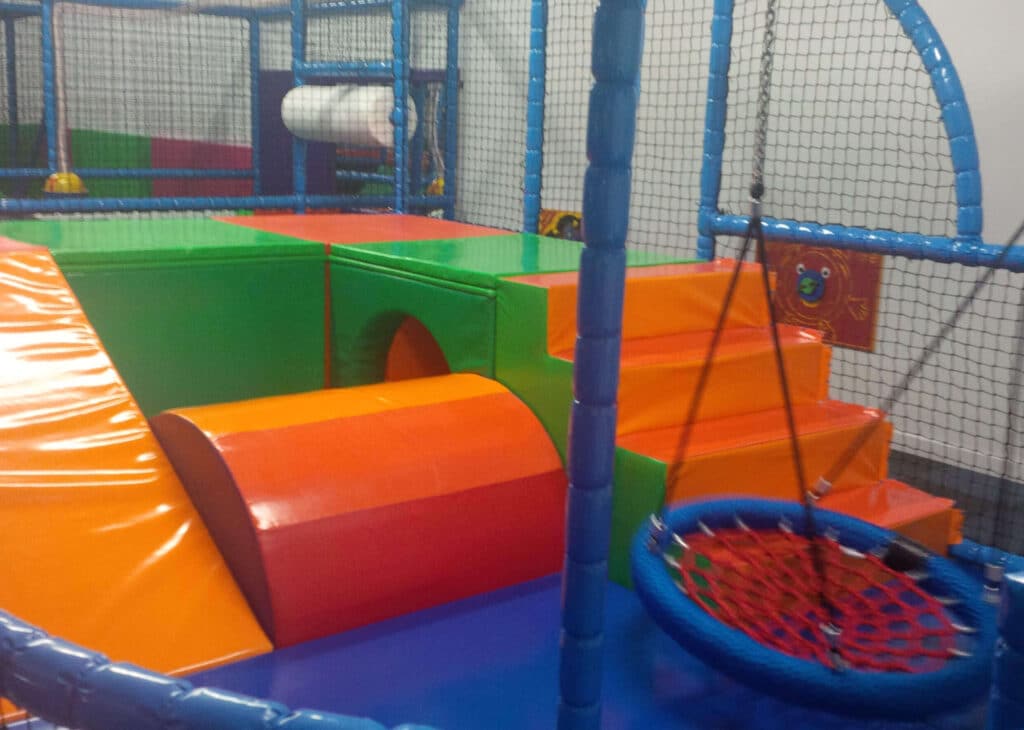
The team at Rhino UK are delighted to announce that their new product catalogue has landed!
Continue reading “Rhino UK’s E6 Catalogue has landed! Order your copy today!”

The team at Rhino UK are delighted to announce that their new product catalogue has landed!
Continue reading “Rhino UK’s E6 Catalogue has landed! Order your copy today!”
Newly opened care home Bucklow Manor in Cheshire has had a Sensory Room designed and installed by Rhino UK.
The Sensory Room is used for Namaste Therapy, featuring a mixture of sensory resources to encourage relaxation and stimulation for the residents; including, projection lighting, aroma fans, fibre optics, a Hurricane Tube and more. Continue reading “Namaste Sensory Room Benefits Bucklow Manor”

This week is Dementia Awareness Week. Dementia is set to be the 21st century’s biggest killer! There is still a lack of understanding and awareness of the disease and therefore many families are facing it alone. Therefore throughout the week, more and more awareness needs to be created through sharing more information about help available, improving care and urgently finding a cure.

Brain injuries are injuries to the brain caused by trauma to the head, triggered by a variety of incidents, such as car accidents, falls, assaults, complications at birth and many more.
Depending on the injury depends on the effects the person will suffer from the trauma. The type of injury, location and severity all have a factor in what the injury does.
Multi-Sensory Environments can provide a huge impact on an individual with brain injury. Creating a soothing and relaxing environment and getting in touch with their senses can have an impact on the healing process of the brain.
Removing the individual from a busy environment full of stressful noise and lights and replacing them with gentle lighting, calming sounds and healing aromas within a sensory environment can dramatically impact someones healing and mental state of mind.
A variety of sensory solutions are available for people with brain injuries.
Sensory integration is the most commonly used sensory therapy for these circumstances as it encourages the user to interact, control and manipulate their environment.
Sensory integration activities assist in the development of the vestibular and proprioceptive senses. These senses provide information on movement, balance, and bodily awareness. Sensory integration therapy is where users perform activities that combine sensory input with motion to improve the ability of the brain to process sensory information.
A ‘Sensory Environment’ is an umbrella term used to categorise a variety of sensory spaces specially designed to positively impact people with special needs or disabilities. For example, sensory techniques have been proven to help those suffering with mental health issues.
When used appropriately, sensory rooms and equipment can:
Within mental health settings, there are several sensory rooms available which typically fall under the sensory modulation room category.
Sensory modulation is a neurological function and is the organisation of sensory information for ongoing use. Efficient sensory modulation can effectively regulate the degree to which one is influenced by various sensory inputs. The goal is to regulate sensory input and make sense of the physical world and the place of the self within it.
Efficient sensory modulation allows the central nervous system to regulate such things as attention and activity level by enabling the person to focus on the essential stimuli whilst filtering out irrelevant stimuli.
Quiet rooms are designed to be more sensory focused and used mainly for crisis de-escalation and prevention. An essential part of sensory environments is to emphasise engaging in meaningful therapeutic activities and recognising the connection between the self and the physical environment.
When you’re thinking about building a sensory room, it’s essential that you consider the users’ needs, behaviours, and preferences; e.g. don’t choose to paint the walls red if the colour makes the users feel anxious and angry. Every little detail needs to be considered!
Remember the fibre optics DO NOT carry heat or electricity, therefore they are safe to handle.
If one of your Fibre Optic strands snaps (usually caused by being bitten off, trapped or pulled too hard) pull this away from the others and cut it off near to the light source.
Here is a quick guide on how to clean your bubble tube properly. Remember you should change the water and clean it every six weeks.
1. Unplug all switches and controllers.
2. Empty the bubble tube (this requires two people). To do this, remove the top plug and slide the bubble column forwards. Using a sieve to catch the balls or fish, allow all the water to drain away.
Please note: when tilting the column, gravity and weight will force the column downwards quickly.
3. Clean the column’s interior with warm, soapy water and wipe it out with a soft cloth attached to a plastic brush handle. Do not use cleaning tools that will scratch the tube with any hard or metallic objects.
4. Thoroughly rinse out the tube to make sure you removed all soap residue and dry.
5. Once thoroughly dried, carefully place the bubble column back into place.
6. Clean the exterior of the tube with antibacterial spray and a soft cloth.
7. Reconnect electrical supplies.
9. Switch the Bubble Column on to allow the pump to run.
10. Using a watering can (or a similar carton), refill the column and add the Bubble Column Additive.
11. Replace the balls or fish into the bubble column if you have them.
12. Put the podium lid back on.
13. Securely replace the security bracket into position.
YOUR BUBBLE COLUMN IS NOW NICE AND CLEAN AGAIN!
Medical treatments and procedures can be especially scary for children, creating feelings of powerlessness, fear and anxiety. Sensory distraction and play can be used to empower children and help them feel comfortable and confident in hospital.
Sensory toys and resources can be used by Hospital Play Specialists and other healthcare professionals to distract patients before treatments and boost their mental and physical wellbeing.
Distraction through sensory play is not a diversion from reality but helps to raise coping skills. It goes hand in hand with preparing children to understand their treatment and health needs. Sensory play between the child, staff and their parents encourages the child to cope with any negative feelings, fear and pain.
Distraction play can also be used to help a child cope with waiting around before their treatment, to lessen the build-up of anxiety as much as is possible, and also after treatment to help a child calm down again and get back to normal activities.
It is important that we help people living with advanced Dementia live and not just exist.
Keeping a person clean, fed and groomed is not living, this is merely existing. People need to be engaged in meaningful activities, feel wanted, loved and need to feel as if they still can contribute.
This is where sensory can help…
In recent years a lot of research has gone into this subject and you may have come across the terminology ‘Namaste Care’. Namaste Care is a program designed to improve the quality of life for people with advanced Dementia. Namaste, is a Hindu term meaning “to honour the spirit within” and was selected for this program as the main purpose is to bring honour to people who can no longer tell us who they are or who they were or care for themselves without assistance.
Namaste Care takes place in a designated space that helps to create a safe and comforting environment for those who enter. This approach soothes the senses, using sound, touch, smell and taste.
The room incorporates a number of sensory solutions to relax and provide sensory stimulation, including smells, projection of calming scenes (countryside, on holiday or reminiscence) and relaxing music.
Residents with advance dementia using the room are greeted, groomed, massaged and stroked. They are also sometimes offered tasty food and drinks to keep their mouths moist and to encourage appetite.
This really is an amazing way for Dementia sufferers to get in touch with their senses and to live with dignity.

Many hours of enjoyment are spent by individuals and families at their local leisure centre. Have you stopped and thought about how people with physical or mental disabilities get their enjoyment and leisure time?
They may not have the physical ability to go swimming by themselves or, they may get panicky and confused when put into a big, scary, loud, busy gym.
Creating a sensory environment could create the opportunity for them to enjoy themselves, get active, and boost their mental and physical wellbeing.
Local councils have recognised the need and importance to ensure funding is available for relaxing sensory spaces in leisure centres across the UK.
Using Bubble Tubes, fibre optic lights, vibration and music, soft play, UV lighting and projection you can create an interactive sensory environment that the user can control. Sensory rooms can be enjoyed by people of all ages, and have been proven to improve physical skills, stimulate development and boost communication.
Sensory Equipment can make your Leisure Centre stand out from your competitors, attracting a wider more inclusive audience. Occupational Therapists could rent the Sensory Room to carry out their work and, the room could be booked out at an hourly rate to the public.
Most importantly you are helping to create a safe, stimulating and relaxing environment for children and adults of all abilities.
Rhino UK were approached by Halton Borough Council to provide sensory solutions to Silver Blades Ice Rink in Widnes, Cheshire. Silver Blades wanted to create a two floor soft play area and a sensory ice rink to encourage those with disabilities to enjoy the skating experience. The rink was made up of colourful, theme changing wall projections, an LED wall wash and an ‘Omi Vista’ system that creates dynamic images on the floor which respond to any movement over the surface, making the skating experience interactive and therefore stimulating.
A spokesman from Silver Blades said, ‘Creating these exciting sensory spaces has worked exceptionally well for us and the feedback we have received from our customers has been fantastic. We feel we are now offering so much more to our customers and we are attracting more and more new business every week and, most importantly making a difference on people’s life’s who can now enjoy leisure time, who may not have had the opportunity beforehand.’
